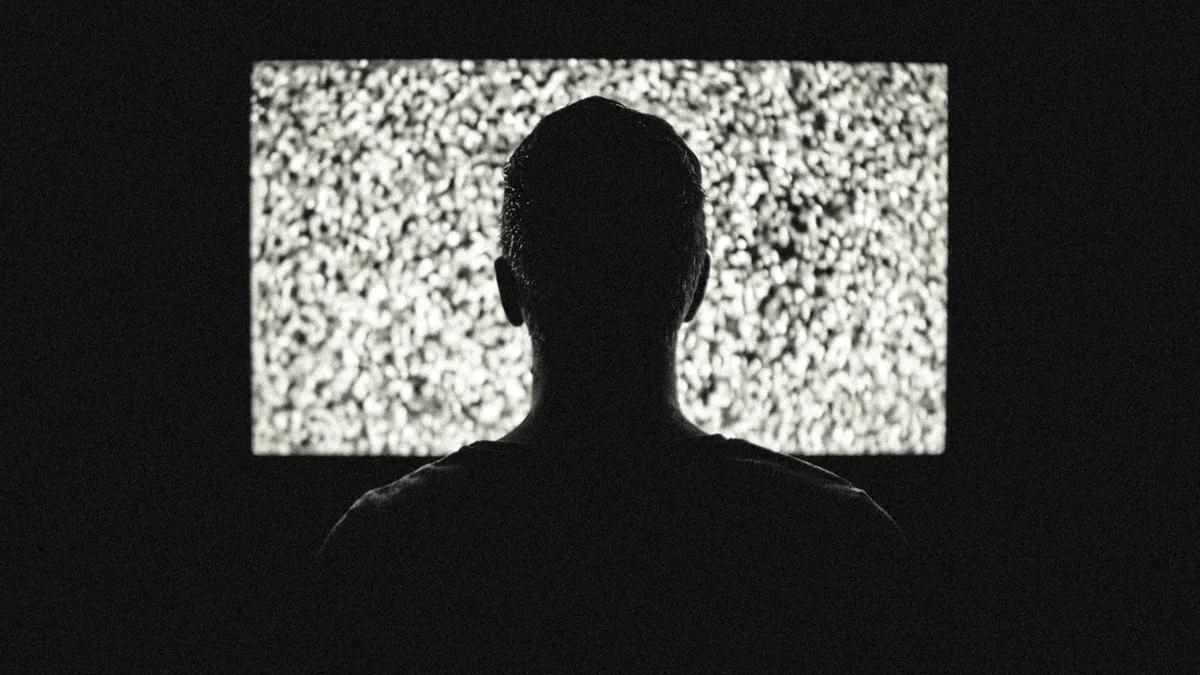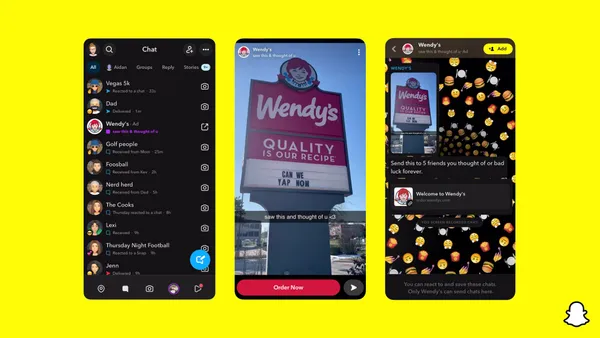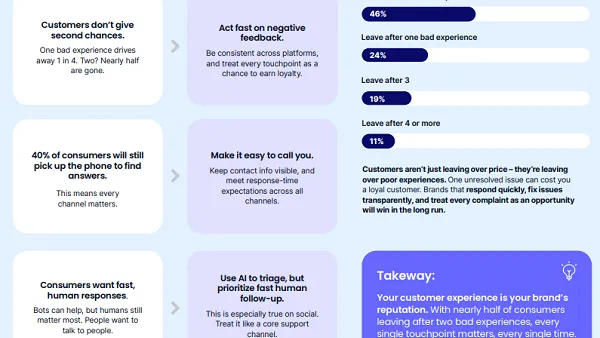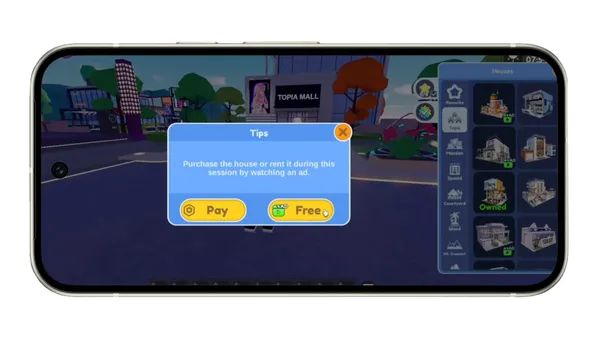Brief:
- People who watch "social shows" like "Dancing with the Stars" or "The Bachelor" on TV while sharing comments on Twitter are more likely to be committed to the program and to shop online, with ads during these shows leading to more activity on advertisers' websites, per a new study from Indiana University's Kelley School of Business and the Goizueta Business School at Emory University.
- TV ads near a standard half-hour interval, such as 8:28 p.m. or 9:02 p.m., led to more online purchases than ads aired at other times. Commercials that aired earlier in the evening spurred more web traffic than those airing before the late-night news, the research found.
- The researchers studied the online shopping activity of 100,000 active internet users, which they paired with data on commercials for five retailers and nearly 1,700 instances of advertising on 83 prime-time programs during the fall 2013 television season.
Insight:
Despite the fact that study is based on data from a few years ago, the findings are still relevant today as the practice of looking at a smartphone or other device while watching TV, or second-screening, has only grown more prevalent in the years since.
The "second screening" trend, which describes audiences who watch TV while also looking at a mobile device, has worried advertisers who fret that viewers are too distracted to pay attention to commercials. Nielsen estimated in 2014 that 80% of U.S. television viewers simultaneously used another device while watching television, often live tweeting to share their views. The popularity of social media among TV viewers led scholars to coin the term "social TV."
The Kelley/Goizueta study suggests that some programs, especially "social shows" that inspire social media users to follow a hashtag on platforms like Twitter, have highly receptive audiences who are ready to shop. "Online program engagement may encourage a loyal, committed viewing audience," Beth L. Fossen, study author and assistant professor of marketing at Kelley, said in a statement. "Media multitasking may decrease the ability for the viewer to counter argue or resist persuasion attempts, increasing ad effectiveness."
Competition shows like "American Idol," "Dancing With the Stars" and "The Bachelor" routinely urge viewers to engage on social media by showing specific hashtags to follow on social networks, particularly Twitter for its instant updates. Mobile marketers need to participate in these social media conversations to reach engaged viewers and drive online commerce.
The Kelley/Goizueta research reinforces the findings of other studies about mobile advertising. More than half (59%) of U.S. adults said they were receptive to mobile ads while watching TV, ahead of activities like lying in bed before sleep (51%), eating a meal (36%), shopping (25%) or running errands, per a survey by mobile ad platform Aki Technologies. Second screening improves the viewer's chances of following up on an ad by 75%, significantly improving its effectiveness, according to a study by media agency MediaCom and technology company ViewersLogic.














